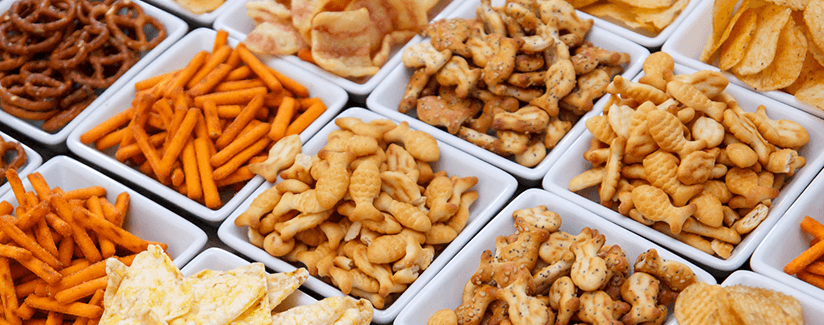
TBHQ: What is it and is it dangerous?
08/31/2016
“TBHQ” has been in the news recently. This food additive got our attention when a member of the Best Food Facts team who has young children saw a post on social media. He asked, “What is TBHQ and is it dangerous?”
The post made the statement that TBHQ is highly toxic and made from butane, a toxic gas used in lighter fluid. To find out the facts, we turned to one of our experts, Dr. Sean O’Keefe, a food science professor at Virginia Tech.
What is TBHQ?
Dr. O’Keefe explained it is a synthetic antioxidant that is added to foods to prevent or delay oxidation. Oxidation causes food to lose flavor quality, color and can even cause foods to become toxic. In addition, oxidation causes vitamins to break down, causing food to lose some of its nutritional value.
TBHQ, which stands for tertiary butylhydroquinone, is commonly used in foods such as crackers, microwave popcorn, butter and chicken nuggets. Dr. O’Keefe explains, “It is not made from butane, it does not contain butane but it does contain a tertiary butyl group.”
Science Blogs and Livestrong offer more insight into the chemical makeup of TBHQ and the mistaken connection to butane.
Is TBHQ toxic?
“When discussing toxicity, you need to look at the dose. Ethanol (which is found in alcoholic drinks) is toxic at high levels and can easily kill you by depressing respiration, but a glass of wine or two helps with relaxation,” Dr. O’Keefe said.
He went on to explain that research has shown that at high doses, TBHQ has been reported to have negative effects, but the Food and Drug Administration (FDA) regulates the amount of TBHQ that can be added to foods. He emphasized that the amount consumed in foods is well within the range determined to be safe by regulators. “Studies that show toxicity at very high levels are irrelevant and just obfuscate the safety issues with food additives. The FDA allows use of TBHQ at 200 ppm in the fat of many foods and it improves quality by delaying oxidation.”
TBHQ is banned in some countries, so is it dangerous?
“Different ingredients are approved in different countries, so the fact that some countries allow TBHQ and others don’t is not something I worry about. Canada allows cyclamates as artificial sweeteners but bans saccharine. The United States allows saccharine but bans cyclamates. This is nothing I worry about,” Dr. O’Keefe said.
A scientist at Michigan State University is researching a possible link between TBHQ and food allergies. “More studies are needed to see if there is a link in humans,” Dr. O’Keefe said.
TBHQ is new to most of us, but it has been used in common foods for decades and helps preserve the quality, safety and nutritional values of many foods we safely enjoy.


























